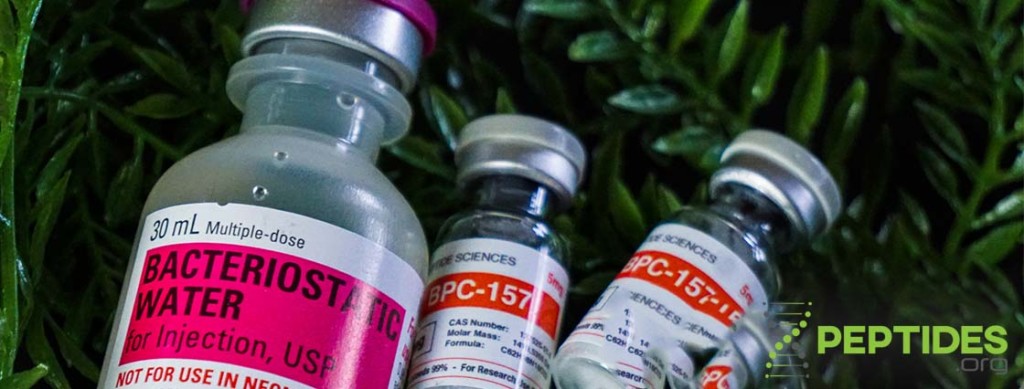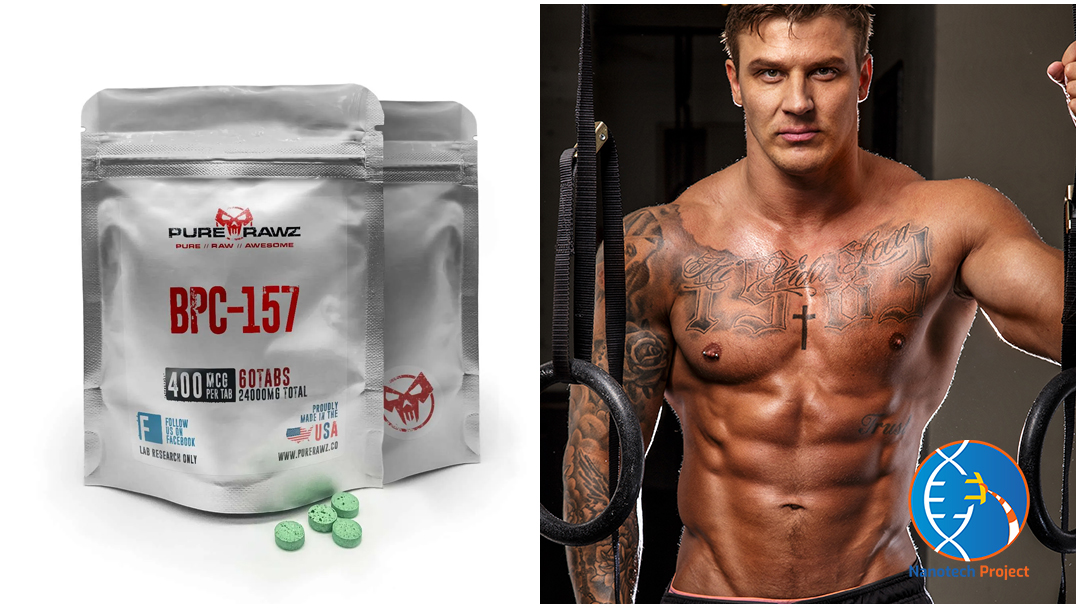
Research Study Breakdown On Bpc-157
Bpc-157 Peptide Treatment Bpc-157 Pure Advantages Bpc-157 Frequently Asked Questions

What Is Peptide Treatment?

- It can additionally aid in the fixing of the gastrointestinal system, making it helpful for people with problems such as dripping gut syndrome or inflammatory bowel illness.
- BPC-157 and KPV are usually well-tolerated, but like any type of therapy, there can be side effects.
- When taking BPC-157 for injury recovery, there are many various other advantages that might be anticipated, as well.
- Its ability to accelerate the recovery process makes it a valuable treatment for professional athletes and those recuperating from injuries or surgical procedures.
- Orally consumed BPC-157 has actually revealed neuroprotective results in rats offered neurotoxins.
Achieving peak efficiency after an injury does not need to be a difficult task. Plentiful records suggest that using peptides can help in getting over such obstacles, helping with quicker recuperation than conventional methods. Moving the limelight to their restorative applications, peptides take center stage in a varied variety. Peptides can function as hormone analogs or modulators, influencing hormonal agent manufacturing, release, or task.
What Is The Use Of Bpc 157 In Peptide Treatment?
Some might see it as anti-aging due to the fact that it has been connected to bone-loss prevention, yet there is not enough research to back this up. No matter how a person picks to take BPC-157, the basic recommended dose is in between 200 to 300 micrograms each day. To determine an individual's requirements, nevertheless, the formula is to use 2.5 to 3.75 micrograms per kilo of body weight. If utilizing the peptide in the capsule kind, this quantity may require to be a little increased in order to ensure the full amount of BPC-157 is being absorbed into the body. Although tests were carried out on lab mice, study has wrapped up that BPC-157 has actually been effective in quickening the recovery time of soft cells. When conducted on the computer mice, the test results confirmed that BPC-157 regenerative results occurred better and quickly.
BPC 157 is a peptide particle that has been revealed to have a plethora of benefits in preclinical research studies. These benefits consist of promoting gastrointestinal healing, lowering swelling, and aiding to safeguard the nerves. BPC 157 has also been shown to boost muscular tissue recovery and help to shield cells from damages. This peptide particle has the prospective to help with a large range of problems, making it advantageous for a range of people.
There is no other way to know if the compound BPC-157 is risk-free or beneficial in therapies because it has not been checked out thoroughly in human beings. Based on current human studies, BPC-157 can be securely used for four weeks followed by a two-week break. Scientific tests have additionally recommended that BPC-157 can have a safety effect on the mind, as evidenced by rats' feedback to this protein acquired undergoing research study contaminant or harmful surgery. Aureus secreted enzymes, making it very helpful in taking on infection-prone injuries. With antibiotic-resistant germs being a significant worry, this element of Catestatin More helpful hints certainly paints an enthusiastic picture. Concepts appropriate to one neuropeptide, for that reason, appear to be applicable to others.As with any kind of supplement that belongs of a person's day-to-day regimen, there is constantly the possibility that adverse effects might happen. Because everyone's body is distinct, the manner in which this peptide influences you may be a lot different than exactly how it affects another person. These negative effects, while restricted, are very important to understand to ensure that you can be familiar with just how your body responds. Some evidence recommends that BPC-157 can help ligament regenesis after surgical damage.
As a result, the objective of this research study was to illuminate the mechanism that underlies dihexa's procognitive activity. Dihexa is a peptide alternative derived from angiotensin IV, which has actually been discovered to potently boost cognitive function in animal models of conditions such as Alzheimer's. Angiotensin IV is a derivative of the powerful vasoconstrictor angiotensin II and has been shown to improve the procurement, combination, and recall of discovering and memory in pet models when administered centrally or peripherally. In an assay of neurotrophic task, Dihexa was located to be 7 orders of magnitude extra potent than BDNF.